Office Investment Momentum Propped Up by Mixed-Use Deals
In the changing office landscape, mixed-use assets are proving their resilience, according to the latest CommercialEdge report.
 Well before the pandemic, the number of mixed-use assets—an enticing conglomerate of working, living, shopping and eating opportunities—was on the rise. Following the health crisis and the reduced foot traffic for restaurant and retail space that came with it, experts started to doubt these asset type’s long-term viability. However, mixed-use developments proved to be resilient thanks to their diverse roster of asset components and ability to meet the upgraded needs of tenants and office workers, according to the latest CommercialEdge national office market report.
Well before the pandemic, the number of mixed-use assets—an enticing conglomerate of working, living, shopping and eating opportunities—was on the rise. Following the health crisis and the reduced foot traffic for restaurant and retail space that came with it, experts started to doubt these asset type’s long-term viability. However, mixed-use developments proved to be resilient thanks to their diverse roster of asset components and ability to meet the upgraded needs of tenants and office workers, according to the latest CommercialEdge national office market report.
READ ALSO: Behind Pearson Ranch: Northwest Austin’s $2B Mixed-Use Project
The office-using job sectors added 88,000 new jobs in April, accounting for a 4.8 percent increase year-over-year. Of the 120 markets covered by CommercialEdge, 109 added jobs throughout the last year. Austin and Dallas led the way in this sense, closely followed by Florida markets including Orlando, Tampa and Miami.
Gateway markets continue to struggle
National average full-service equivalent listing rates averaged $37.37 per square foot at the end of April, down 250 basis points year-over-year. The national office vacancy rate clocked in at 15.7 percent in April, 30 basis points higher on a year-over-year basis and 20 basis points lower month-over-month. Thanks to drastic reduction in office footprints and shifting location strategies, available sublease space in many markets has increased dramatically since the onset of the pandemic—2.0 percent of office space nationwide was listed for sublease as of April, according to the latest CommercialEdge report.
This trend has been most evident in gateway markets where listing rates were elevated before the pandemic: In San Francisco, the sublease vacancy rate in April was 5.9 percent, followed by the Bay Area with a sublease vacancy rate of 4.3 percent. On the East Coast, Manhattan had a sublease rate of 3.3 percent, while New Jersey’s was 3.7 percent.
Some 148.2 million square feet of office space was under construction across the nation at the end of April, representing 2.2 percent of total inventory. Thanks to its booming tech industry and high level of domestic in-migration, Austin, continued to lead for office pipeline relative to existing stock—11.7 percent—followed by Nashville (8.6 percent) and Miami (7.1 percent).
Read the full CommercialEdge report.

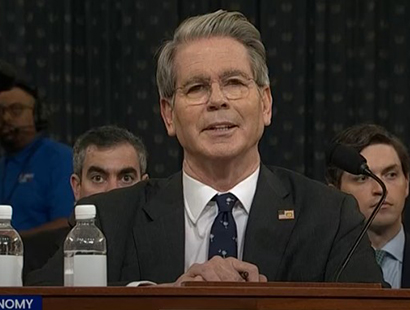
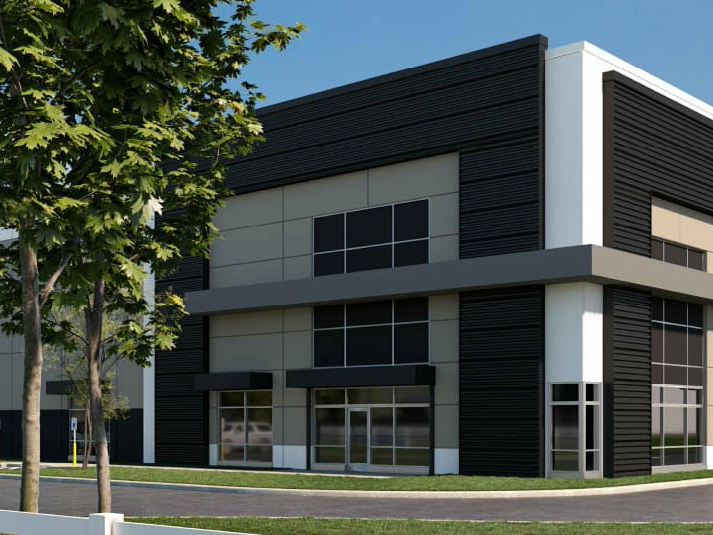
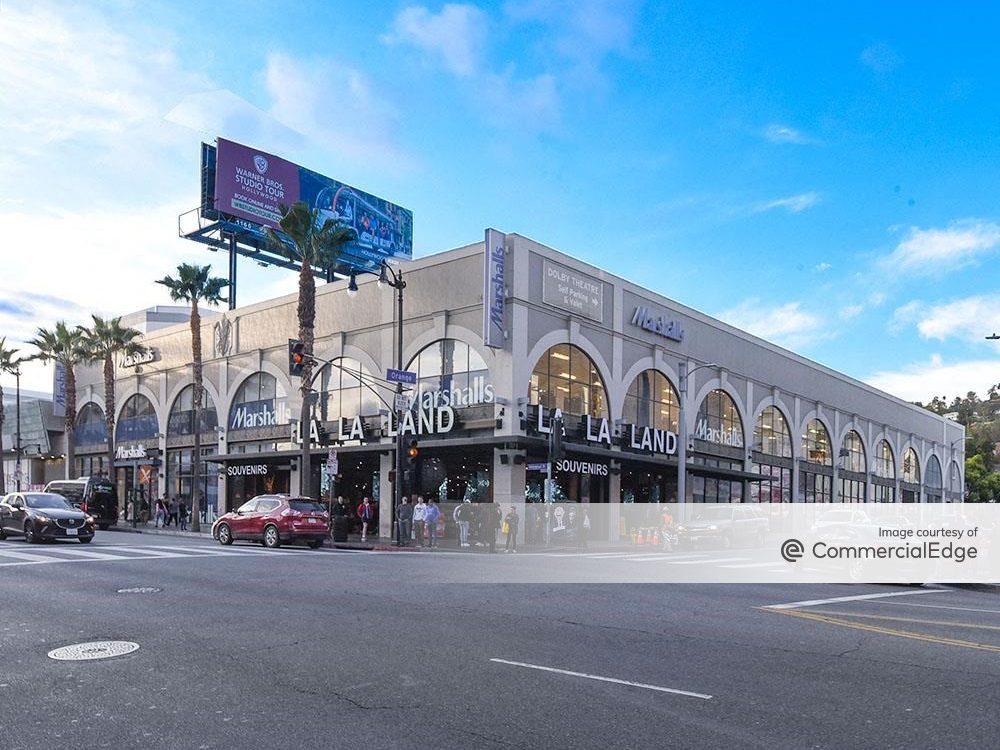
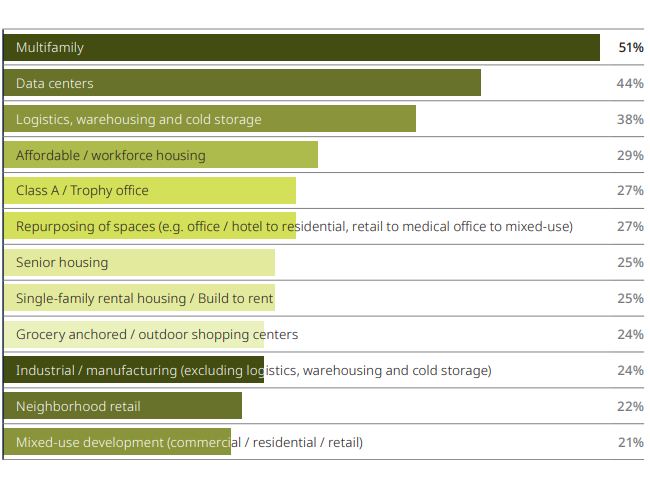
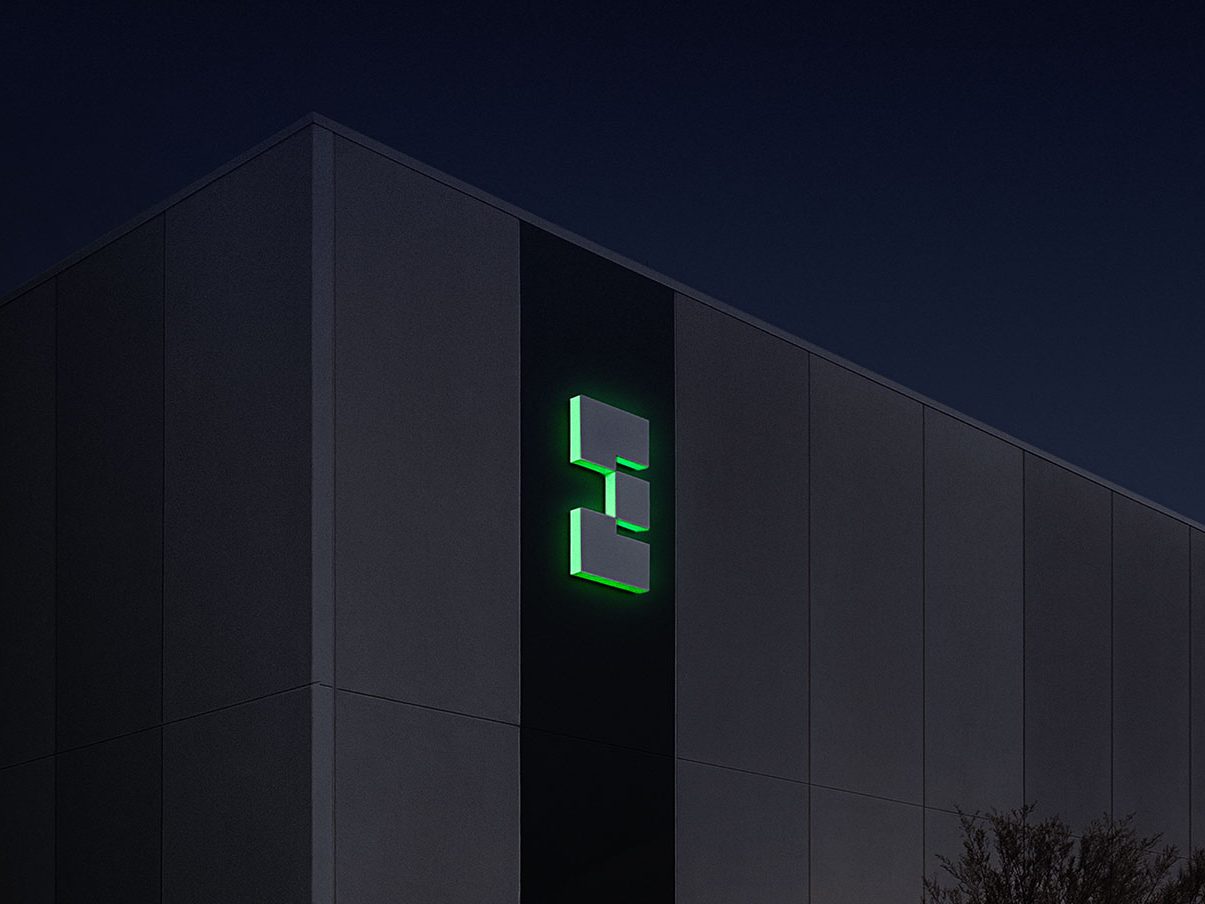
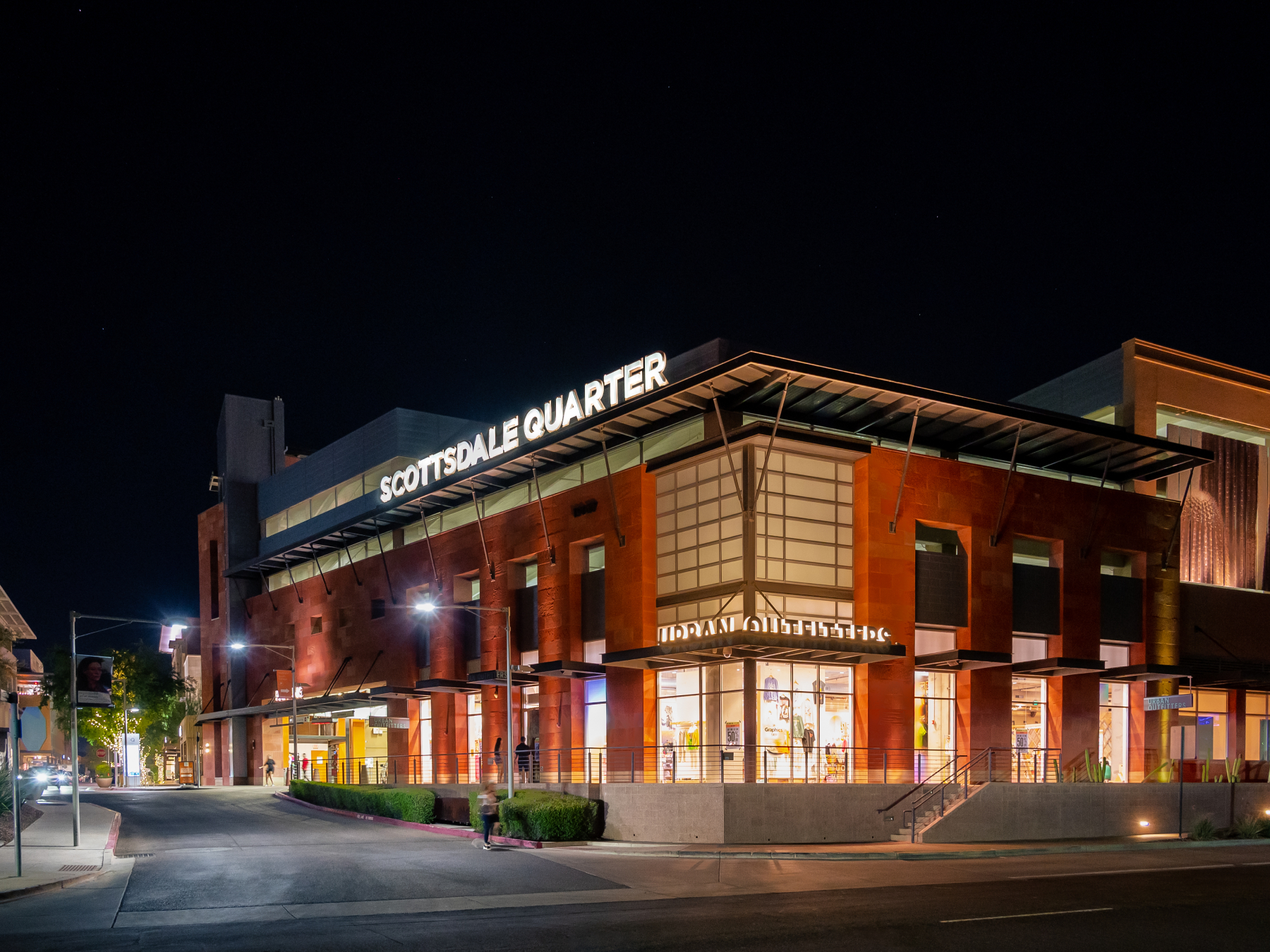
You must be logged in to post a comment.